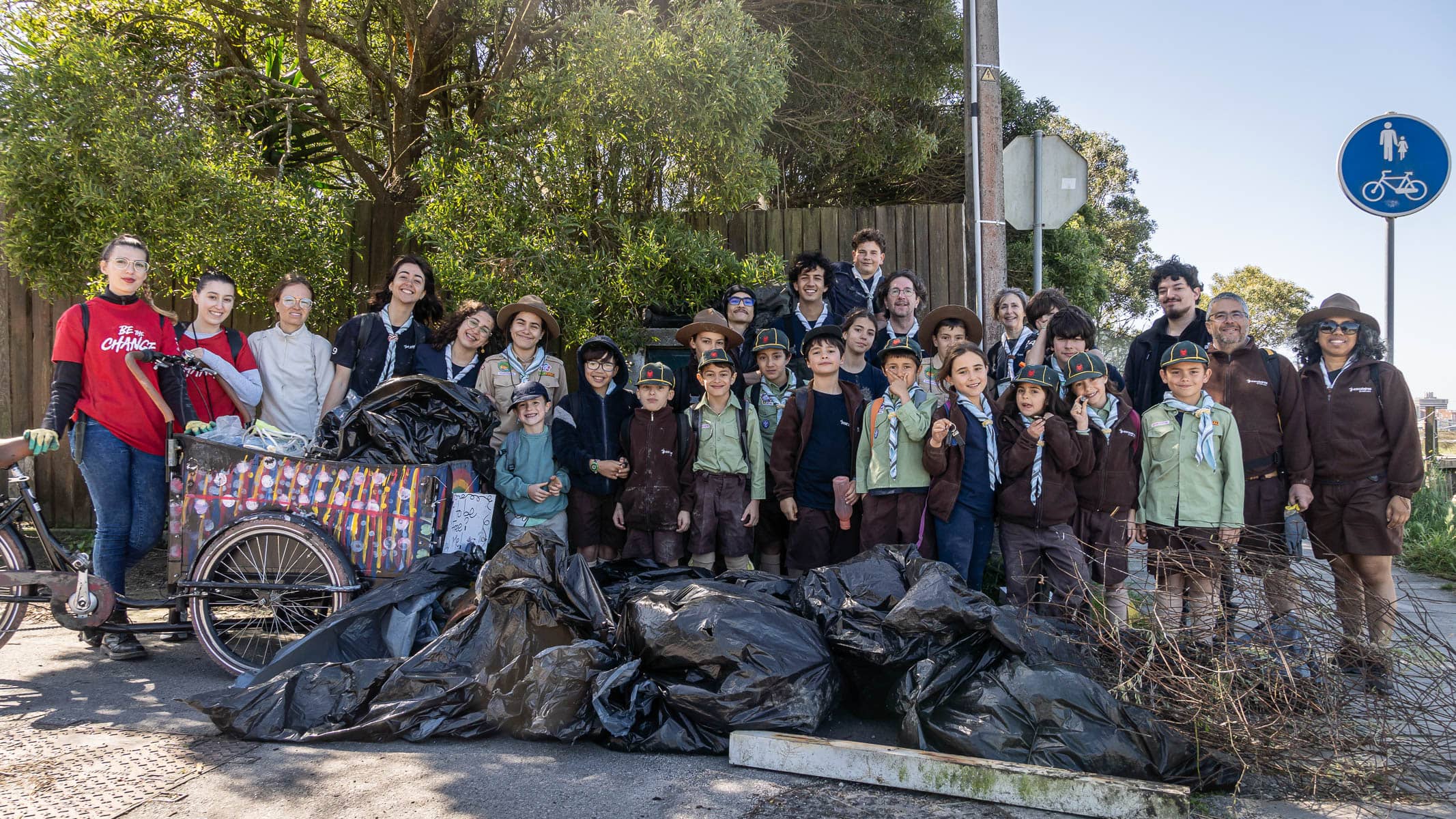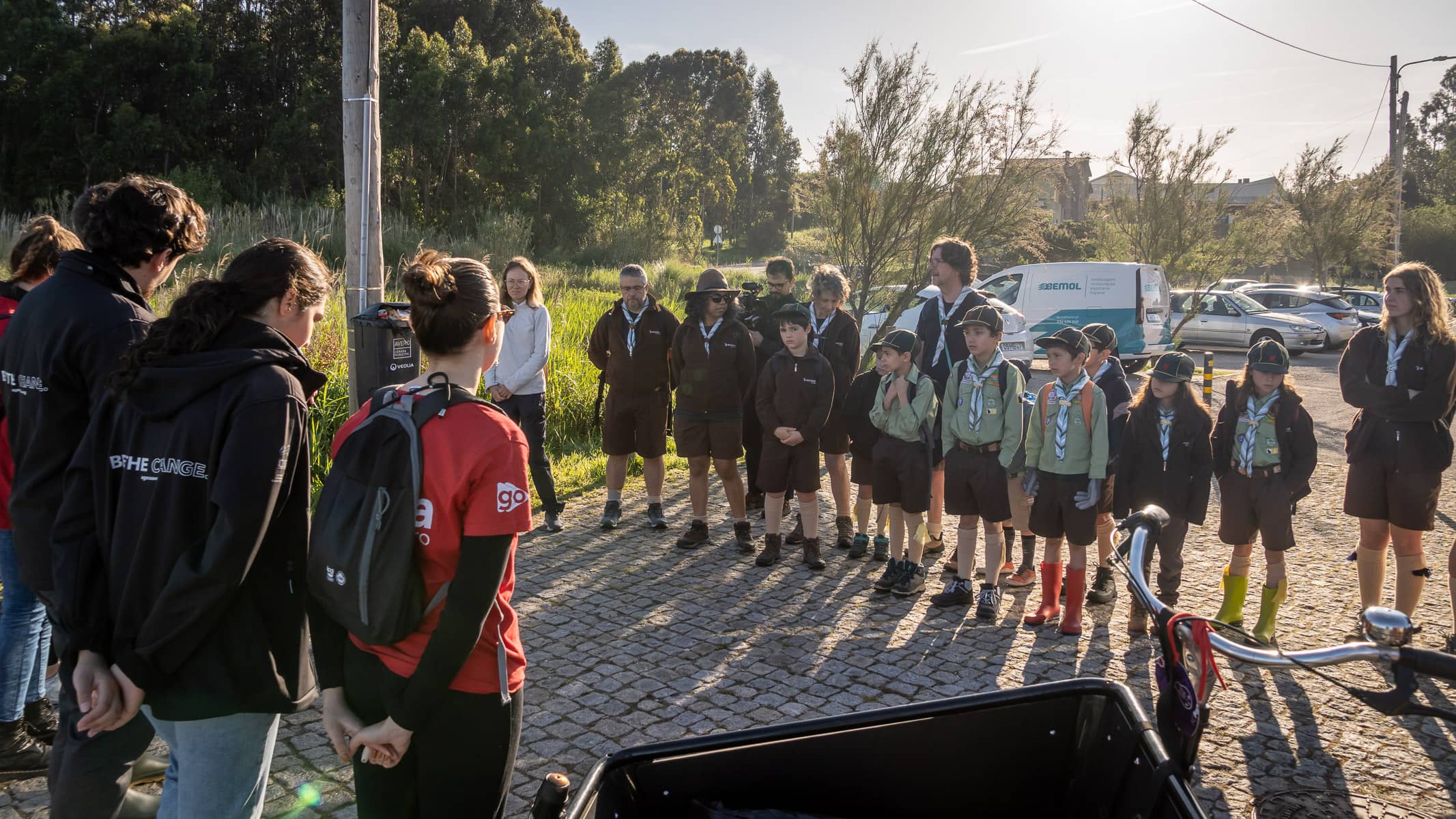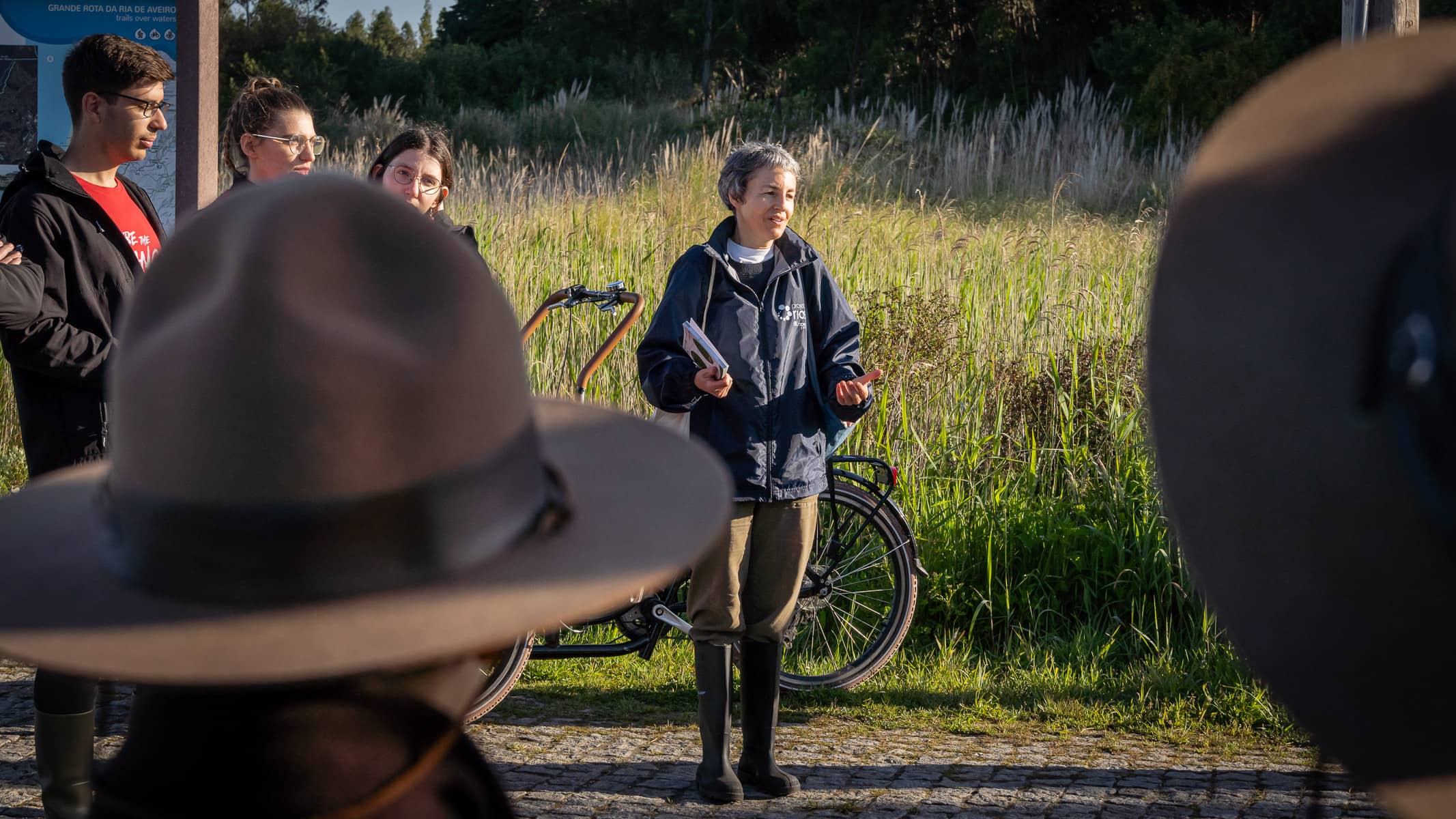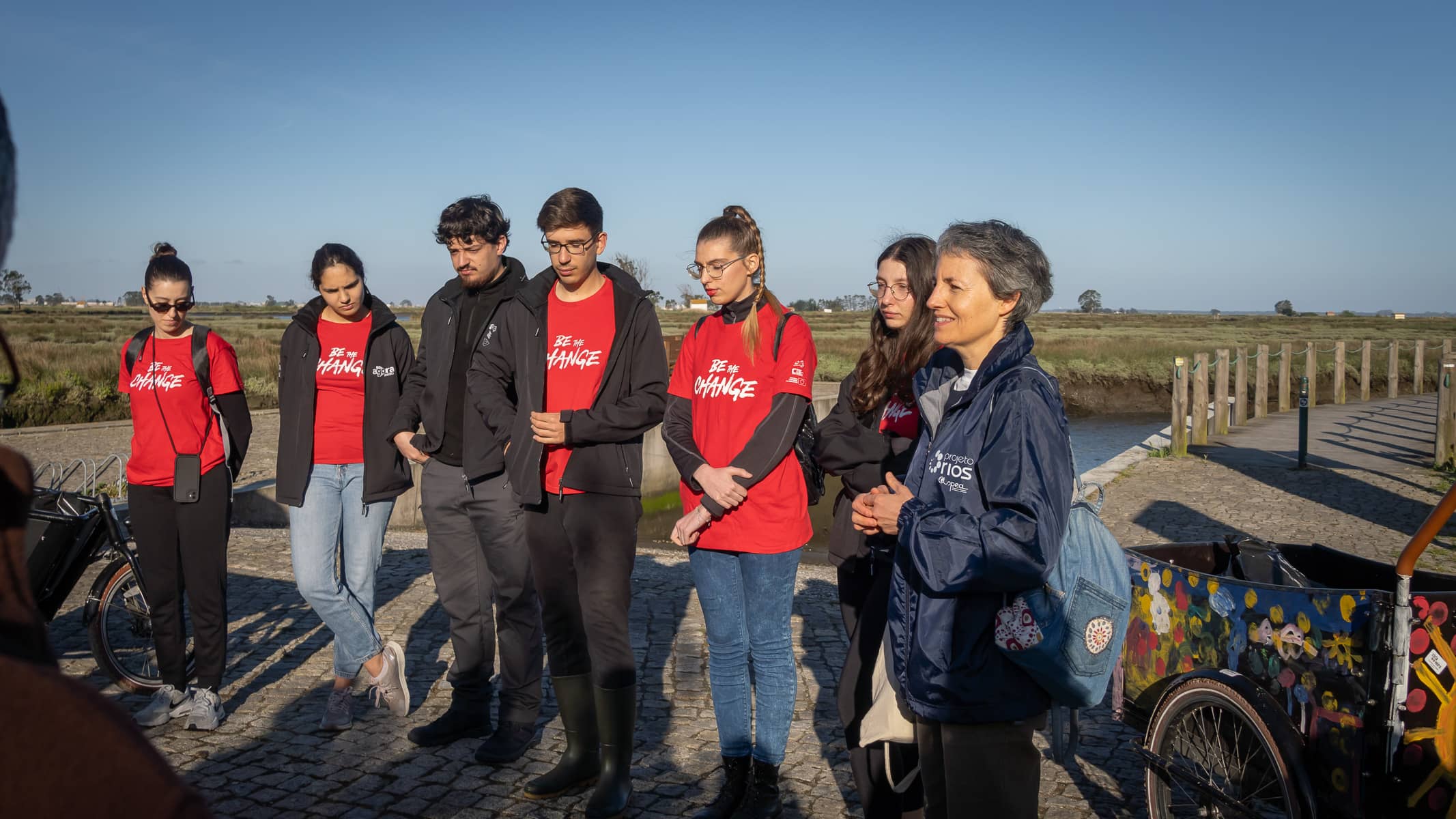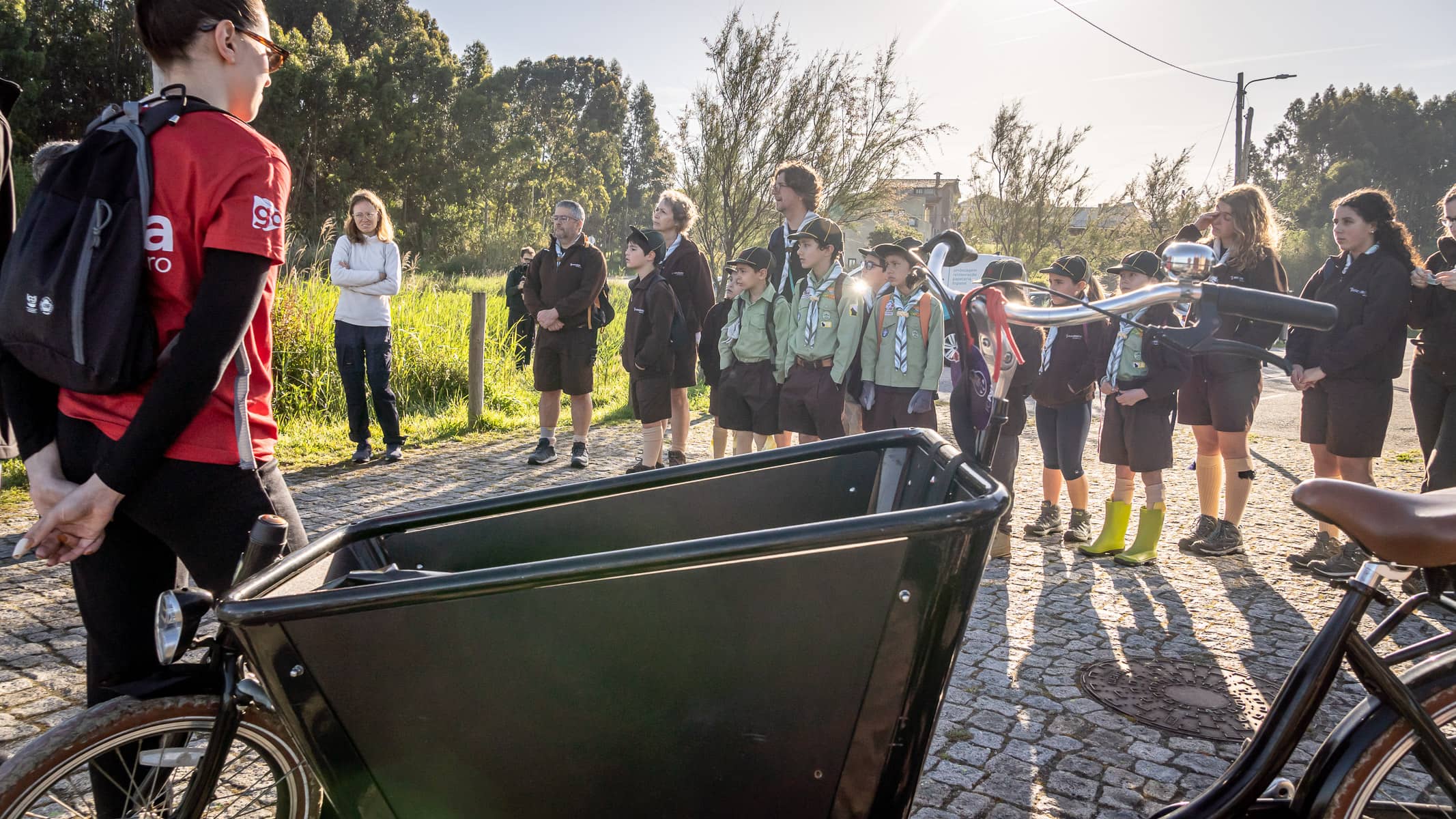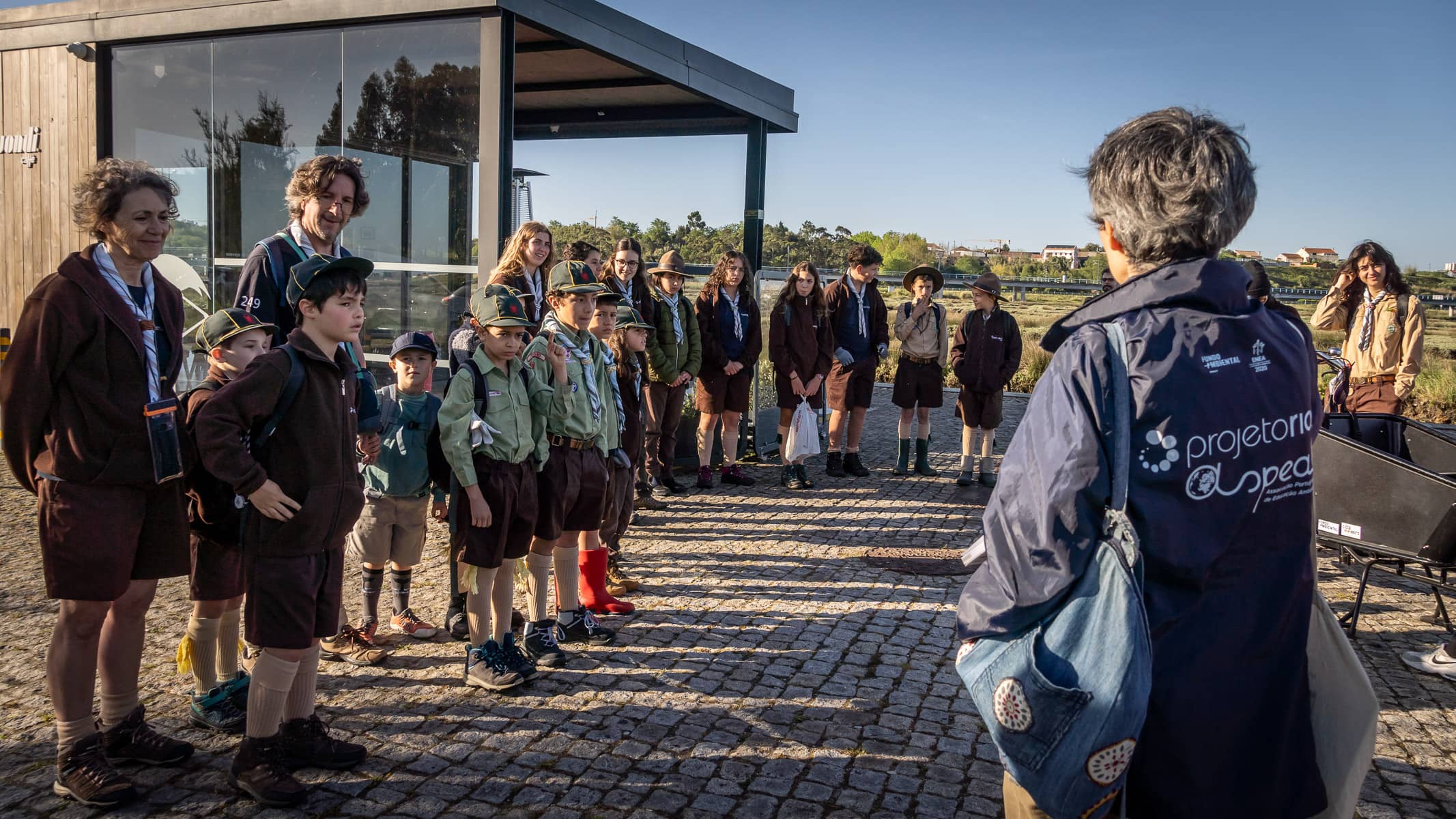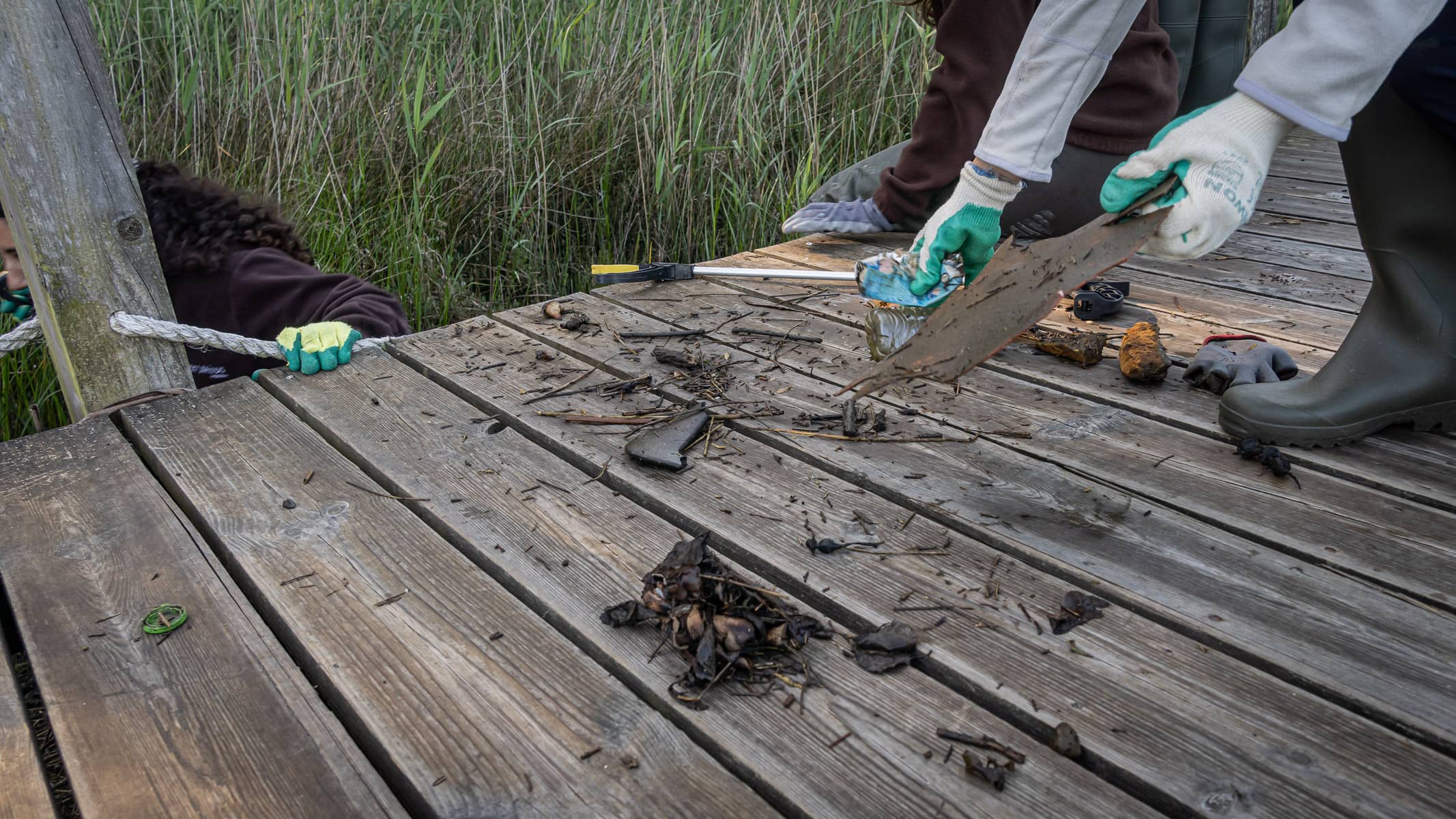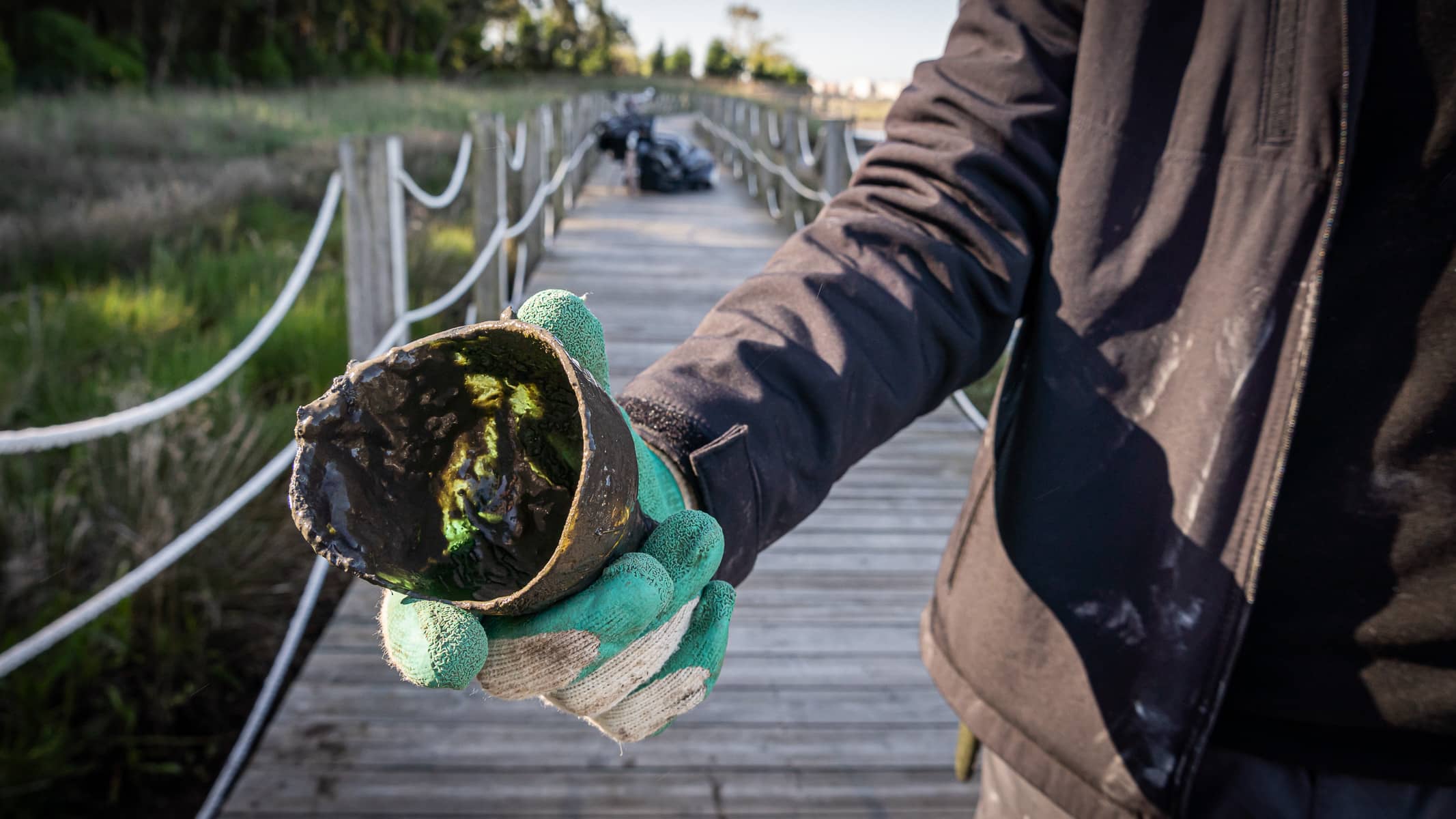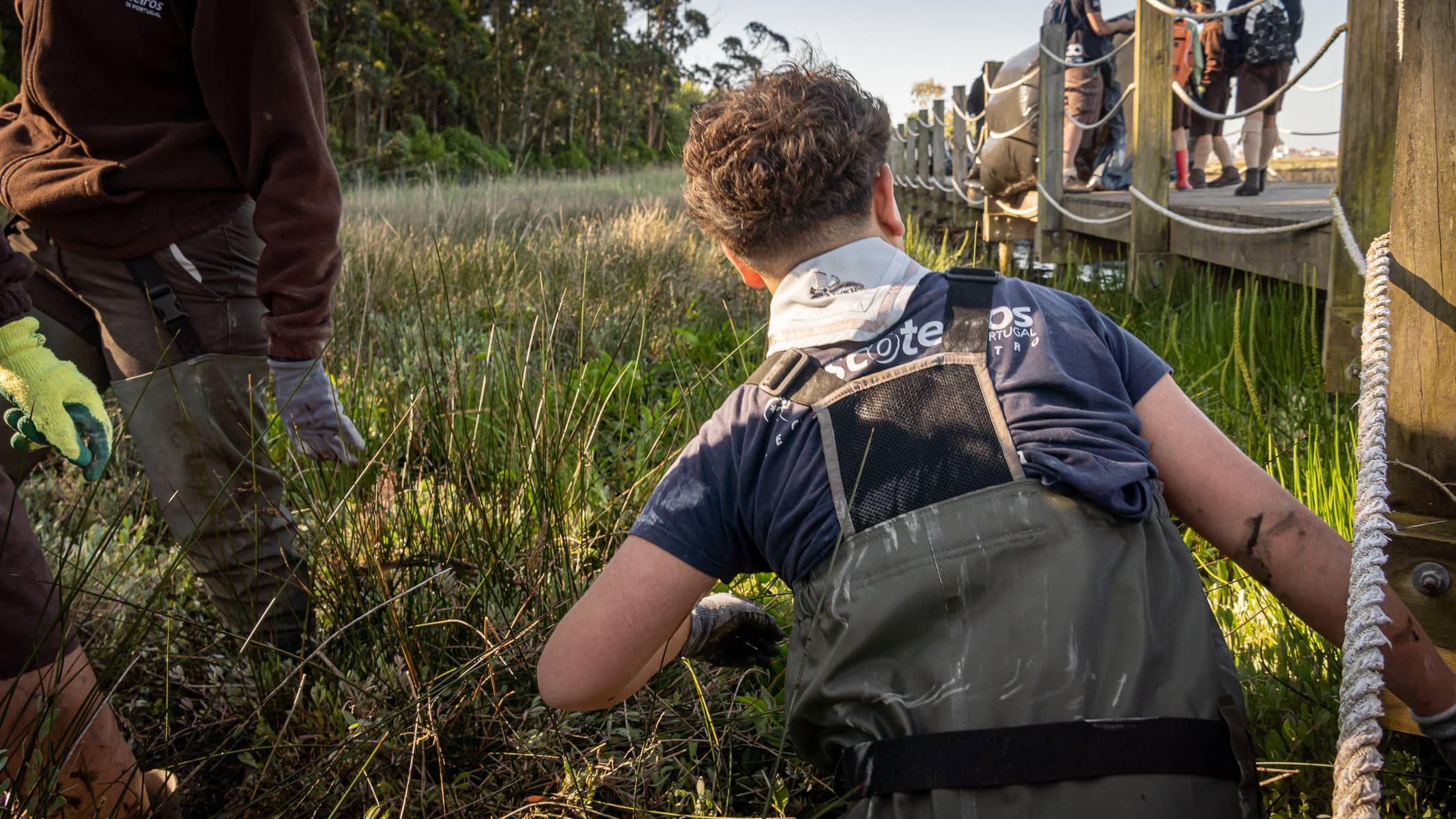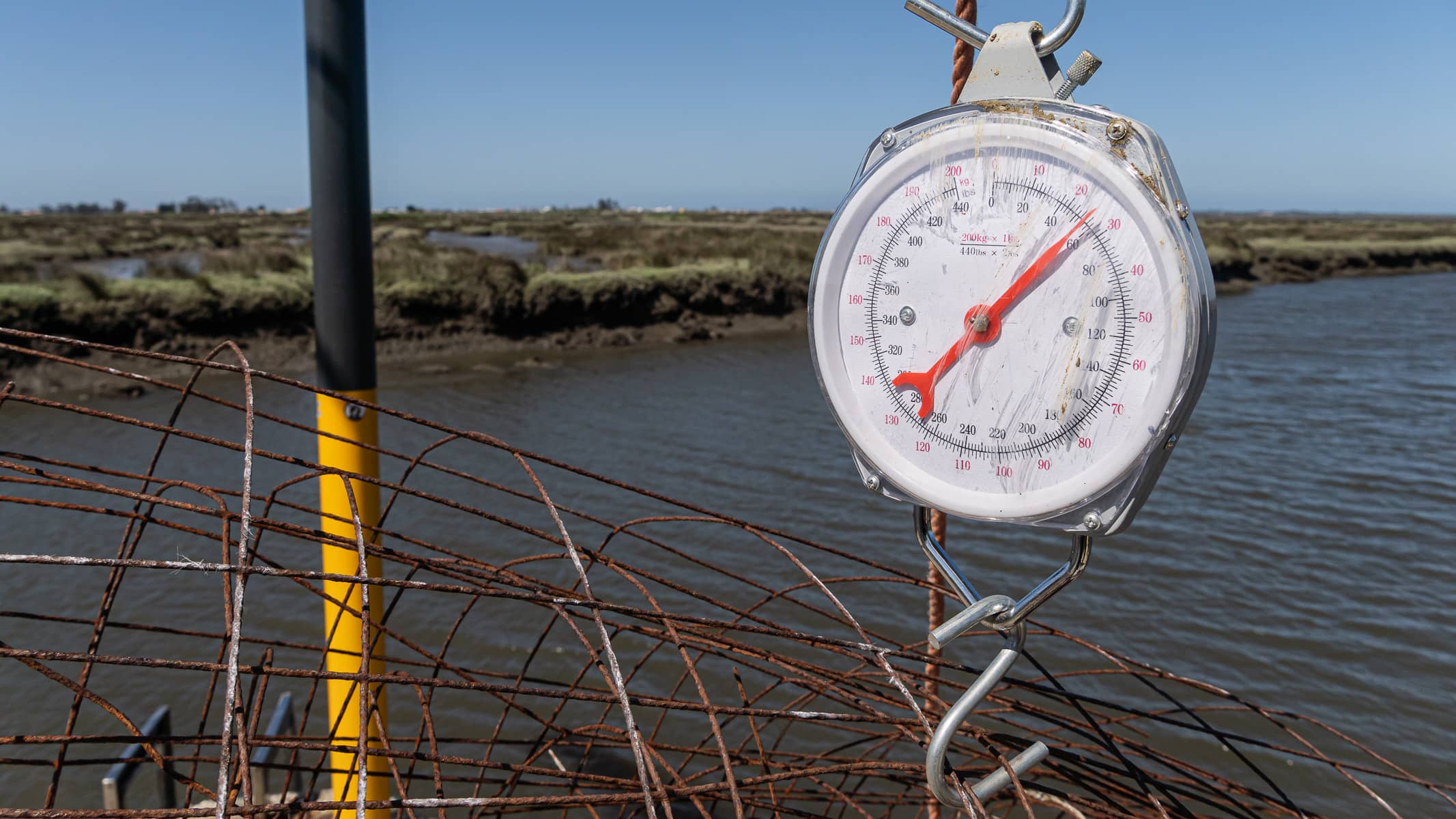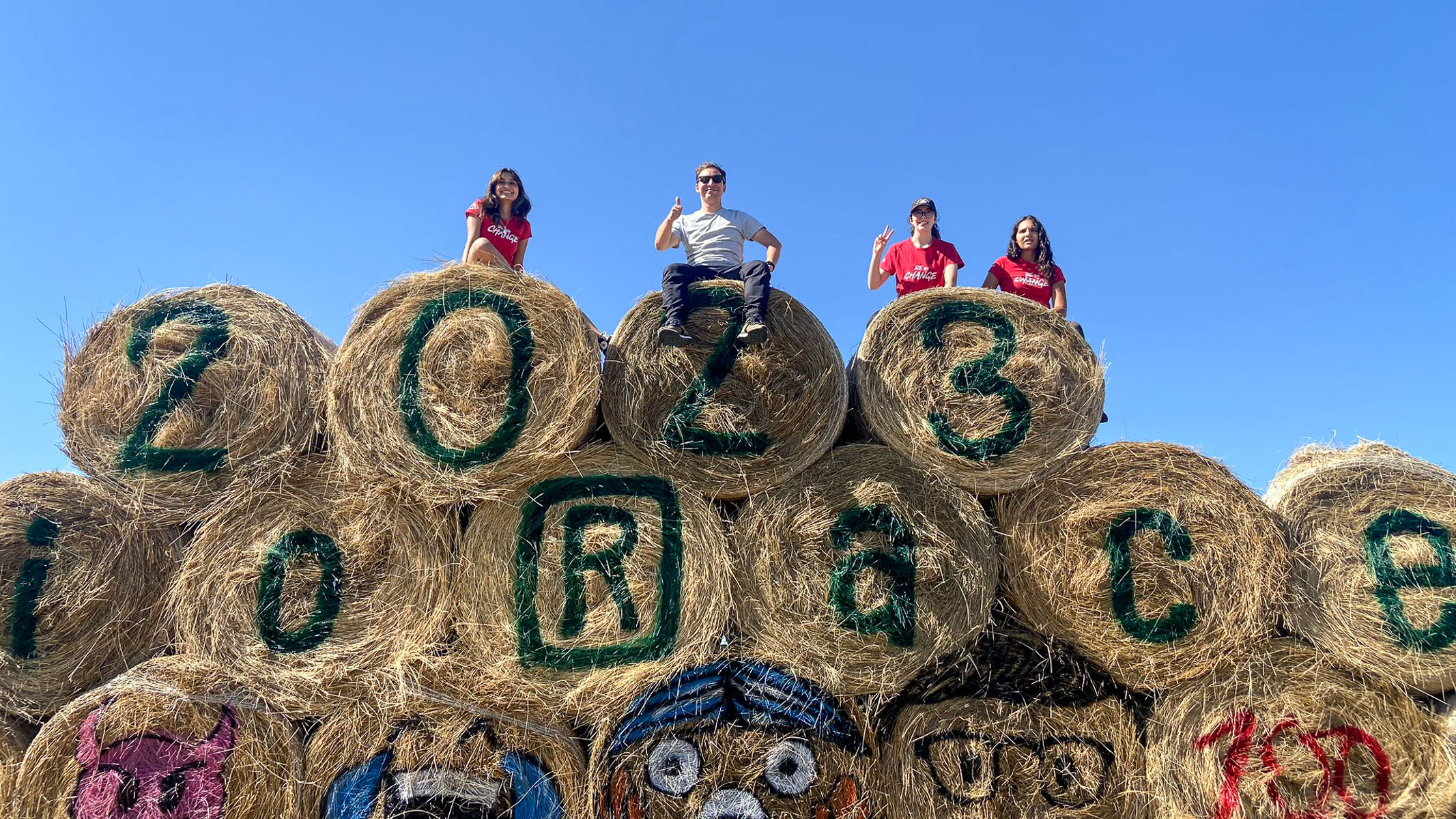The Aveiro Lagoon has lost nearly 100kg of waste!
Last saturday morning, on the 26th of April, the “CleanUp Aveiro” initiative brought 30 volunteers of all ages together at the parish of Esgueira with the mission of removing nearly a hundred kilogrammes of rubbish from the Aveiro Lagoon.
Estimated reading time: 3 minutes and 38 seconds
© Helder Berenguer
Pollution remains a major problem worldwide, and pollution of water bodies especially increases with each passing year. Few cities or towns escape this threat, and Aveiro is no exception. How often, when strolling along the Lagoon’s scenic walkways, do we spot plastic bottles or even tires hiding in the mud? Be it on accident, by negligence or on purpose, one thing is clear: the Aveiro Lagoon is not where they go.
Waste, when exposed to the various natural elements, releases toxic substances which can be a threat to human health, ecosystems and local biodiversity. The Aveiro Lagoon boasts nearly 1700 square kilometres, and the Lower Vouga region is home to around 370 thousand people. Without a doubt, it is a region with a rich and enchanting landscape, and which merits tending to.
On the 26th of April, with a mindset set on protecting and respecting our Lagoon, the Agora Aveiro team of volunteers kickstarted that crisp Spring morning with some veritable hard work. At the Aveiro Walkways in Esgueira, two of the volunteers brought in two special cargo bicycles loaned by the Ciclaveiro Association, which focuses on the proliferation of the bicycle as a main means of transportation. The bikes were used for transporting the waste and tools for the job. Most participants doing the hard work were boy and girl scouts from the Grupo 249 de Escoteiros de Aveiro, aged 5 to 17. They were split in two groups so that a larger swath of the Lagoon could be tackled simultaneously. Right before the work began, Anabela Pereira of the Associação Portuguesa de Educação Ambiental (ASPEA) gave a brief lecture to raise awareness on environmental and biodiversity protection in the Lagoon. She highlighted invasive species and how they were a threat to endangered ones, such as the Mediterranean Tortoise.
The marshy wetlands of the Lagoon are treacherous and as such, it was decided that the older scouts would be the ones bringing the rubbish onto the walkways, whereas the younger ones would organise everything neatly into rubbish bags to be carried away. Waste collection was done with the help of waterproof boots and overalls loaned by ASPEA and BioLiving, a local association. Despite the strenuous work, there was no lack of laughter and fun to unite around thirty people for such a noble end.
The walkways are in high demand this time of year by runners and nature lovers, and many, when passing by the activity, would comment and compliment the effort, including foreigners of various nationalities, who were curious about what surely seemed like an odd gathering to them.
The final tally for waste removed from the Lagoon’s muddy domain was 91.5kg, a harrowing number. The large pile of debris that formed at the end was collected by Veolia, a local company specialising in garbage collection and similar affairs. Additionally, most of the rubbish was removed from the section east of the walkways, as the western section opens up to the wider Lagoon and is significantly more perilous. Regardless, some scouts bravely ventured westward, insofar as they had a footing. Though the number for the grand total of waste may seem high, it represented a mere fraction of the tonnes that remained.
Despite the fact a portion of the litter found in the Lagoon is left there by the tide, much of it is intentionally thrown out there. It is not uncommon to find bricks, rooftiles and other construction material illegally discarded by the Lagoon’s banks. Add to that plastic and glass bottles, miscellaneous plastic containers, plastic bags, polystyrene foam, metallic nets and wires. The message to be taken away seems clear, save for those who choose to ignore it: the Aveiro Lagoon deserves better from those who use it and live with it.
CleanUp Aveiro is part of the “Aveiro mais Verde” initiative of Agora Aveiro. It is made possible thanks to the support of the Forum Aveiro as a “Golden Partner.” It is done in partnership with the Associação Portuguesa de Educação Ambiental (ASPEA), the Grupo 249 de Escoteiros de Aveiro (Scouts Group), Veolia, Ciclaveiro, the BioLiving Association, Escola Profissional de Aveiro, Escola José Estêvão, JR Mudanças and Rede Biataki. It also counts with the support of Aveiro City Hall and IPDJ - Instituto Português do Desporto e Juventude, I.P..

Diogo Nascimento

